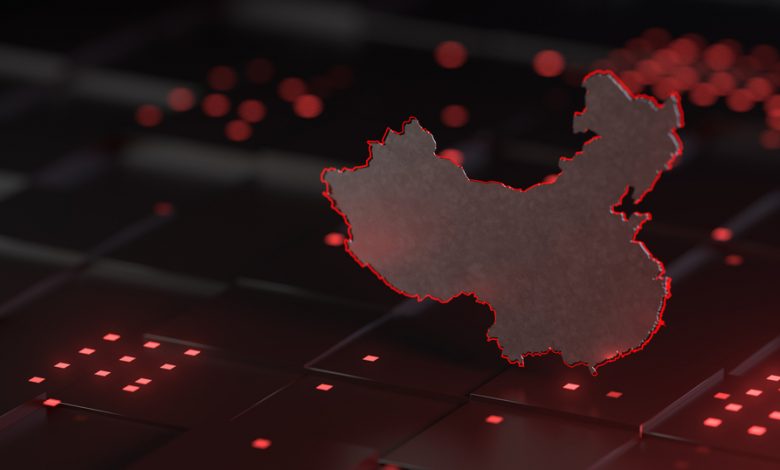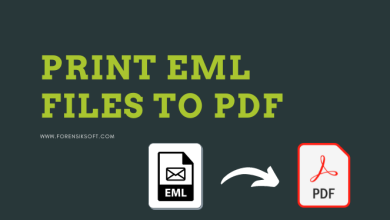Best Practices and Guide to Follow for Ransomware Recovery

Although ransomware and other cyber-attacks have been common for decades, yet the frequency of ransomware attacks has increased many folds since the COVID-19 pandemic erupted. And according to Cyber Security Ventures, ransomware attacks will occur every 11 seconds by the end of 2021. This hike in ransomware attacks has mainly three reasons: the trend of remote working, the origination of cryptocurrency, and the easy access to learning sources like YouTube. Whatever the reason for its rise may be, organizations (to save themselves) must strengthen their enterprise security. Furthermore, they should also devise a plan for ransomware recovery if a successful cyber-attack occurs.
Almost all businesses have now gone digital which is why cybercriminals have also increased. They are always on the trail of vulnerabilities to launch their attacks and maximize their profits. Only those companies can withstand these continuous ransomware attacks, that have advanced security shields around their data, systems, and networks. This blog post contains all the important practices you should follow for making your organization invincible. izmir escort bayan
What is Ransomware?
Ransomware is a type of malicious software, or malware, that employs encryption on your systems and data. This encryption prevents you from accessing your computer files, systems, or networks. And the operators demand you to pay a ransom for getting back control over your resources. Ransomware not only cause damage in the shape of ransom money, but it keeps your organization offline, destroys the reputation of your company and all this ultimately costs you with the loss of some potential customers. Cybercriminals, on the other hand, earn billions of dollars annually with this illegitimate action.
How Does Ransomware Work?
There are many ways through which ransomware operators infect your systems and data. Among them, the most commonly used is email phishing. Cybercriminals send provocative emails to employees of the company they want to target and these emails usually contain either infected attachments or a link.
And the user of that system when clicks on the link or tries to install that attachment, the ransomware starts working. Also, once ransomware infects that system, it tries to infiltrate into all the systems and databases connected with it. Hence, clicking on the link or attachment compromises the whole enterprise security of the company.
Another method used by cyberpunks for internet extortion is the use of ads. Cybercriminals buy ad space on some good websites and publish an infected, provocative ad on that space. A user, when visits that website, tries to open that ad and as a result, the ransomware gets activated. Once the system and data get hacked, the cybercriminals demand heavy ransom for returning their systems and data.
If the victim organization doesn’t pay the ransom, they either destroy its data or sell it to their competitors. On the other hand, sometimes even after paying the ransom, bad actors don’t return their data. Moreover, in some cases after paying ransom although they return the data but leaves back doors for future attacks.
Best Practices for Ransomware Recovery:
When developing your in-depth and advanced security strategy for your organization, keep the following points in mind.
Back up Your Data:
The first and foremost thing that you need to do for ensuring data and system recovery after an attack is, create backups of your data. Furthermore, update these backups regularly to get the recent data in recovery. If you can, keep your backups offline or offsite because a complete ransomware attack involves infecting your connected online backups too. And if not, at least secure your backups by not allowing the direct access to backup files.
Backups are the first resort in the event of an attack because after removing the malware from your system, you can reinstall your files from these backups. Doing so will save you from rewarding the malware authors by paying a ransom. All in all, backups won’t prevent ransomware, but they can mitigate the risks. izmir bayan escort
Keep Anti-Virus, Firewall and Systems Updated:
Keep your systems and applications updated all the time. They will save you from ransomware attacks to a great extent. Software providers always try to remove vulnerabilities that the current version has in the updated version. And cybercriminals are always on the trail of vulnerabilities to launch their attacks. If you block these vulnerabilities by updating your systems and software, they will find no route to your data. Moreover, have some reliable anti-virus and firewall in your system because they are the vanguards of your security strategy.
Educate Your Employees on Safe Surfing:
Guide your employees on the possible ways of ransomware infiltration and what practices they should follow for safe surfing. Advise them not to click on unverified links and download software from unknown websites. All these practices will either save you from getting infected or help you in the process of ransomware recovery.




